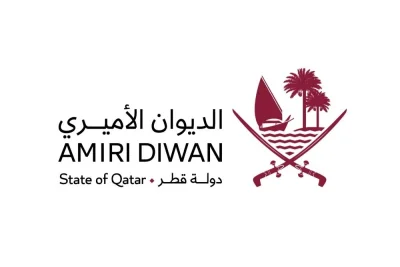Sheikh Abdulla: Implementation of macro-prudential tools.
By Santhosh V Perumal
Business Reporter
Qatar’s banks are well-capitalised and the loans-to-assets quality has been improving; indicating financial soundness of the sector in line with the growth objectives of the country, according to the central bank.
The actual capital adequacy stands at 15.2% in the second quarter of 2015 against the required 12.5%, Qatar Central Bank (QCB) Governor HE Sheikh Abdulla bin Saoud al-Thani said last week at a lecture series organised by Carnegie Mellon University Qatar. This has been possible after the QCB implemented the micro-prudential tools as part of the Basel III implementation in 2014.
Banks have to maintain minimum Tier 1 capital ratio at 8% of the risk weighted assets (RWA) and total capital ratio at 10% since January 2014. In addition banks are also required to maintain capital conservation buffer at 2.5% of RWA.
On the liquidity coverage ratio (LCR), which stood at 60% in 2014; Sheikh Abdulla said it has to be increased 10% every year to reach 100% in 2018.
The LCR aims to ensure that banks maintain adequate levels of unencumbered high-quality liquid assets that can be easily converted into cash to meet its liquidity needs for a stressed period of 30 days. It is determined by dividing stock of high quality liquid assets by total net cash outflows. Sheikh Abdulla said the net stable funding ratio (NSFR) stood at 70% as of March 2015 and it will also have to be increased by 10% every year to reach 100% by 2018.
As per the Bank for International Settlements (BIS), the NSFR - the amount of available stable funding (proportion of capital and liabilities expected to be reliable over the time horizon) relative to the amount of required stable funding - will require banks to maintain a stable funding profile in relation to the composition of their assets and off-balance sheet activities.
A sustainable funding structure is intended to reduce the likelihood of disruptions to a bank’s regular funding sources, thus eroding its liquidity and increasing the risk of failure to potentially lead to broader systemic stress.
Highlighting that non-performing loans have fallen to less than 1.5% as of June 2015, Sheikh Abdulla said the quality of loans to assets is improving.
He said the QCB has also implemented the macro-prudential tools with loans-to-deposit ratio having been set at 100% and the banks given three years time to comply with.
The real estate exposure limit has been set at 150% of capital and reserves with single borrower limit at 20%, Sheikh Abdulla said, adding for real estate finance, loans-to-value ratio (LVR) limit is in the range of 60% to 70% of the value of mortgaged properties.
LVR restrictions are one of the macro-prudential tools the QCB can use to help reduce risks that can develop in the financial system during boom-bust financial cycles.



